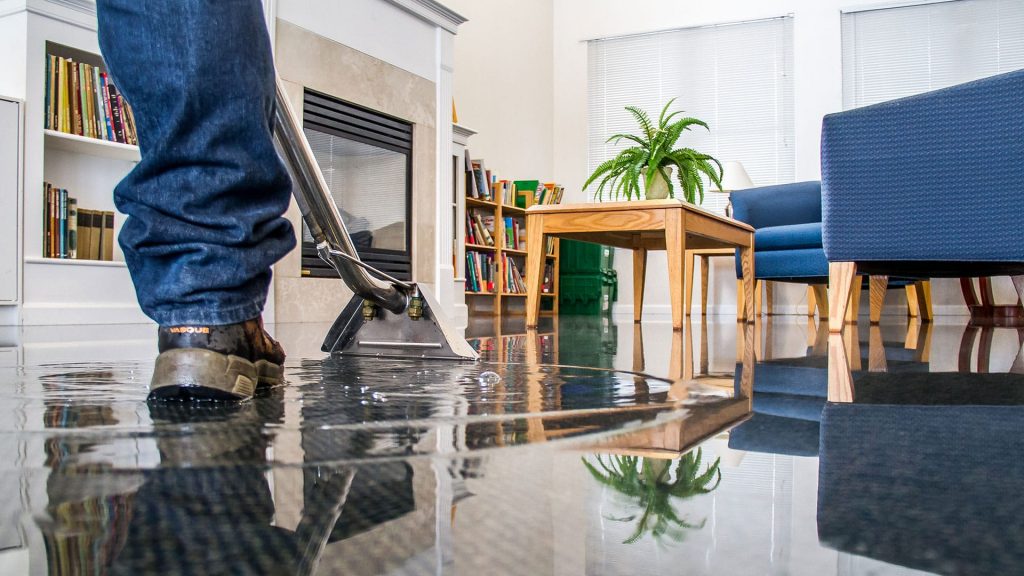Do's & Don'ts of Water Restoration.
Do's & Don'ts of Water Restoration.
Blog Article
We have uncovered this article on Reducing Your Risk Of Water And Fire Damage At Home directly below on the web and concluded it made sense to relate it with you on this page.

Water provides life, but water breach on some components where it's not expected to be can result in damages as well as inconvenience. In addition, houses with water damages smell stuffy and old.
Water can come from numerous sources like tropical storms, floodings, burst pipes, leaks, and also sewer issues. If you have water damage, it's better to have a working knowledge of safety precautions. Here are a couple of standards on just how to take care of water damage.
Do Prioritize Home Insurance Coverage
Seasonal water damages can come from floods, seasonal rainfalls, as well as wind. There is also an incident of a sudden flooding, whether it came from a faulty pipeline that all of a sudden bursts right into your home. To shield your house, get house insurance coverage that covers both acts of God such as natural calamities, as well as emergencies like damaged plumbing.
Do Not Forget to Turn Off Energies
When disaster strikes as well as you remain in a flood-prone location, shut off the main electrical circuit. Shutting off the power protects against
electric shocks when water comes in as water serves as a conductor. Do not neglect to switch off the major water line shutoff as a method to prevent even more damages.
Keep your furnishings steady as they can move about as well as trigger additional damages if the floodwaters are getting high.
Do Keep Proactive and Heed Climate Informs
Storm floodings can be very unforeseeable. Remain ready and also proactive at all times if you live in a location pestered by floods. Pay attention to the news and also evacuation cautions if you live near a body of water like a creek, lake, or river . Take out your belongings and also essential papers from the very beginning and basement, after that put them in a safe place as well as the greatest feasible degree.
Do Not Disregard the Roofing System
Your roofing professional should take care of the malfunctioning seamless gutters or any other indications of damages or weakening. An examination will certainly prevent water from flowing down your walls and soaking your ceiling.
Do Take Note Of Small Leaks
A burst pipe doesn't happen in a vacuum or overnight. There are warnings that can attract your interest as well as suggest to you some weakened pipelines in your house. Indications of red flags in your pipes consist of bubbling paint, peeling wallpaper, water touches, water spots, or leaking sounds behind the wall surfaces. There are indications that the pipe will break. If you see these signs, do not wait for an escalation. Repair service and inspect your plumbing repaired prior to it causes huge damage to your house, finances, and an individual problem.
Don't Panic in Case of a Burst Pipe
Timing is key when it comes to water damages. If a pipe ruptureds in your house, promptly shut off your major water valve to cut off the source and prevent more damages. Call a respectable water damages reconstruction professional for aid.
Water offers life, yet water invasion on some components where it's not meant to be can result in damage and inconvenience. In enhancement, houses with water damage smell old and stuffy.
Seasonal water damages can come from floods, seasonal rains, as well as wind. Signs of red flags in your pipes consist of bubbling paint, peeling off wallpaper, water streaks, water discolorations, or leaking audios behind the walls. If a pipeline ruptureds in your home, promptly shut off your primary water valve to cut off the resource and prevent more damages.
Some Do's & Don't When Dealing with a Water Damage
DO:
Make sure the water source has been eliminated. Contact a plumber if needed. Turn off circuit breakers supplying electricity to wet areas and unplug any electronics that are on wet carpet or surfaces Remove small furniture items Remove as much excess water as possible by mopping or blotting; Use WHITE towels to blot wet carpeting Wipe water from wooden furniture after removing anything on it Remove and prop up wet upholstery cushions for even drying (check for any bleeding) Pin up curtains or furniture skirts if needed Place aluminum foil, saucers or wood blocks between furniture legs and wet carpet Turn on air conditioning for maximum drying in winter and open windows in the summer Open any drawers and cabinets affected for complete drying but do not force them open Remove any valuable art objects or paintings to a safe, dry place Open any suitcases or luggage that may have been affected to dry, preferably in sunlight Hang any fur or leather goods to dry at room temperature Punch small holes in sagging ceilings to relieve trapped water (don't forget to place pans beneath!); however, if the ceiling is sagging extremely low, stay out of the room and we'll take care of it DO NOT:
Leave wet fabrics in place; dry them as soon as possible Leave books, magazines or any other colored items on wet carpets or floor Use your household vacuum to remove water Use TV's or other electronics/appliances while standing on wet carpets or floors; especially not on wet concrete floors Turn on ceiling fixtures if the ceiling is wet Turn your heat up, unless instructed otherwise

I stumbled upon that piece on What You Can Do At Home To Prevent Fire And Water Damage while doing a search on the search engines. Kindly take the opportunity to promote this write-up if you liked it. Thanks for your time invested reading it.
Report this page